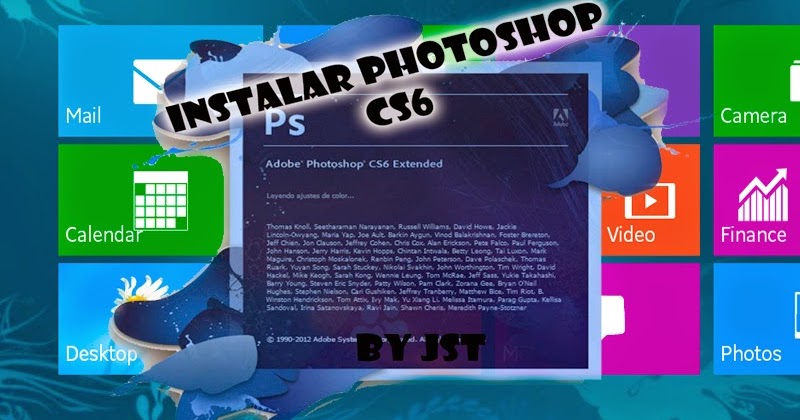

When you first open PortraitPro 17, you’ll be able to open a photo to work with. Before photo shows points detected by the automatic face-detection technology. This is important to be aware of when choosing which version of PortraitPro 17 to work with.

If you’re shooting professionally then you’re most likely shooting in RAW. One restriction that you instantly see when working with the Basic version is that it only works with JPEG or TIFF file types. The others can work with RAW. Please disregard this watermark since it’s not there beyond the trial period. Since it’s a trial version, you’ll see a watermark on the “After” photos. Please note that, as portraits are not my usual genre and this is my first foray into using PortraitPro 17, I used a trial version for this review. Setup is simple and straightforward.įor the sake of this review, we’ll be working with the basic version as a stand-alone program. The free trial gives you access to the Basic version, so you can get a clear idea of your needs then. Whether it’s worth it for you will depend on your editing process. The Studio and Studio Max versions can be used as plug-ins through Lightroom or Photoshop, but they come at a higher purchase price. This means it doesn’t communicate directly with other programs like Lightroom or Photoshop. There are three levels of PortraitPro 17 – Basic, Studio, Studio Max. Buy from Unavailable About PortraitPro 17


 0 kommentar(er)
0 kommentar(er)
